Tips & Tricks
- Denmark uses kroners as their currency but virtually everywhere (except Freetown Christiania) takes cards.
- Food prices can be a shock to many Americans- typically cooking meals at home, eating street food, and avoiding purchasing water and alcohol can help cut down on meal costs. Sit down restaurants are significantly more expensive than many European countries and the US.
- English is widely spoken and museums typically have translations
- Tap water is clean and safe to drink, bottled water is not necessary
- Tipping is not customary for taxis, for restaurants check for a service charge- rounding the bill up or adding 10% at the most if there is no service charge is fine.
- We found AirBNB to be a less expensive option than hotels that are very pricey here, plus the added bonus of a kitchen to save on meals.
- Bikes are the best and quickest way to get around!
- Copenhagen is a great as a quick weekend trip or stop between Germany and Sweden or Norway. At a moderate speed you can see the major sites in about two days, and adding additional days adds day trip options and the ability to see the city at your own pace.
Weekend Warrior Trip: København, Danmark
Day 1
We used Donkey Republic to rent bikes- it required downloading an app to pay, lock the bike, and locate bikes to rent close-by and was pretty convenient.
There are abundant bike lanes to bike around the city as it’s the most bike-friendly city we’ve visited yet! We stopped at Rosenborg castle. Be sure to grab tickets online to avoid waiting in line.
Even if you don’t go in the castle to see the crown jewels and learn about Danish monarch history it’s well worth a pass to see the architecture and explore the nearby park and gardens.
Next we stopped at Christiansborg castle. There are many museums in that area including a Jewish History museum, Tojhusmuseet museum of weaponry, NY Carlsberg Glyptotek (museum of sculpture and painting), and the National Museum of Denmark for Danish history. We stopped in the Thorvaldsen’s museum- a museum dedicated to the Neoclassical sculptor since it was free on Wednesdays!
We opted for a traditional Danish lunch which is smørrebrød- elaborate open faced sandwiches which are quite good. Vegans might have a hard time since they are very fish and dairy oriented but otherwise there are plenty of choices- we tried the shrimp, herring, and the roast beef. The seafood is very fresh so if you otherwise aren’t a fan I suggest trying it at least once.
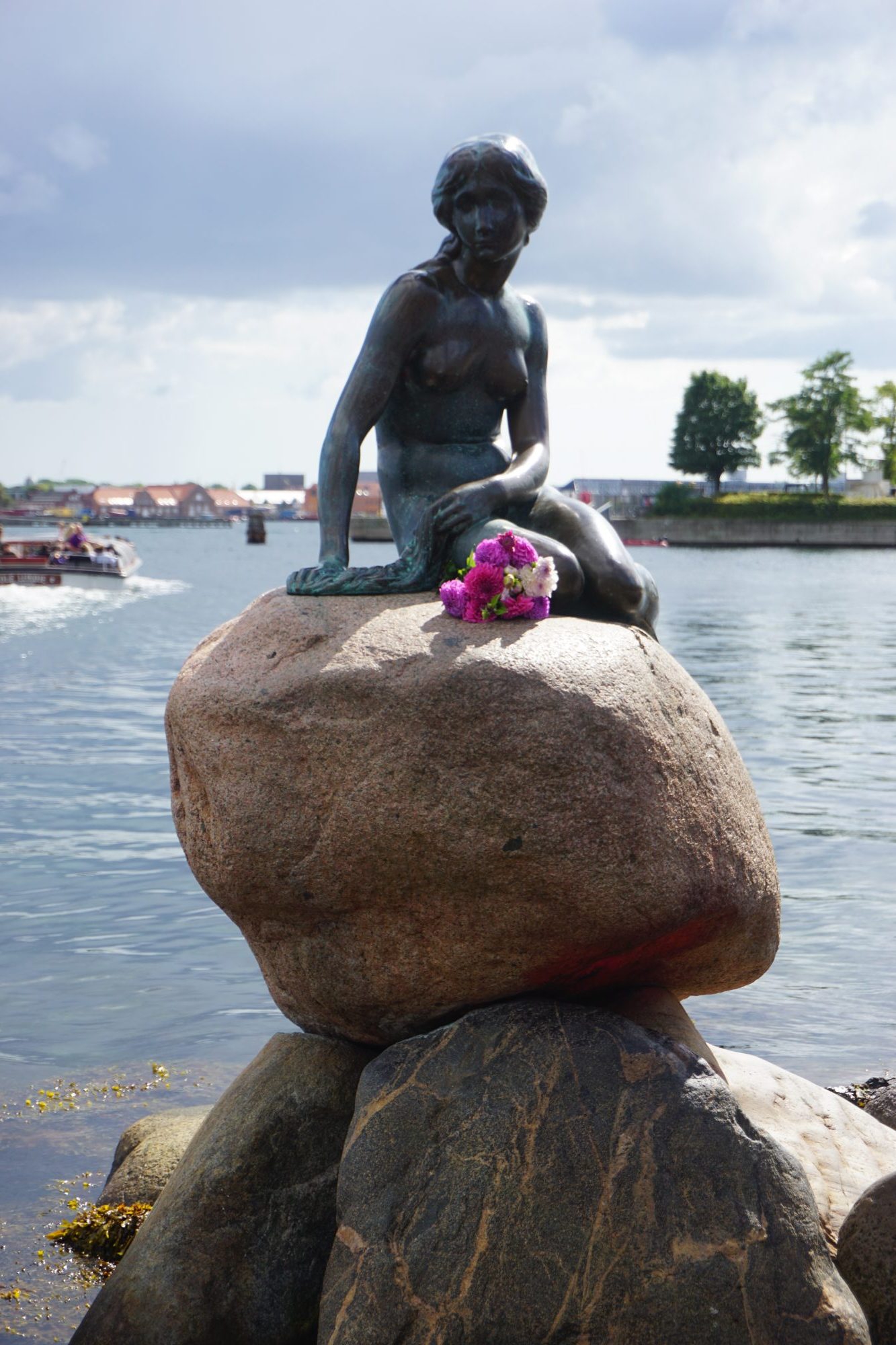
Afterwards we rode around to the Little Mermaid statue- it was a nice trek through the city but got a little crowded near the statue. Copenhagen is the home to Hans Christian Andersen who wrote tales including “The Little Mermaid.” While that is arguably his most famous written story (which ending is far different and more dark than the Disney version) some other famous works include “Thumbelina,” “The Snow Queen,” and “The Emperor’s New Suit.” Fans can also visit the statue at Rosenborg Gardens, take a day trip to his childhood home in Odense, or visit the museum in Solvang, CA.
We weren’t planning on checking out the nightlife here but were told by locals that the Meatpacking district Kødbyen is the place to go for some serious clubbing while Vesterbro and Osterbro are for the more laid back wine cellars and beer houses. The liquor of choice for locals is vodka and the local beer is Carlsberg. If you’re feeling extra brave try aquavit, a Danish liquor made from anise.
Day 2
Our second day we started off with a lovely breakfast at nearby Emmerys, a Copenhagen chain of very good coffee and baked goods. We hopped back on the bikes and headed to Freetown Christiania- a green and car free community established by hippies in 1971 and is independent from the Danish government with their own set of rules and regulations.
Entering through the main entrance leads to shops and restaurants- note that only cash is accepted including Euro. Continuing around the paths behind the shops is a skateboard park and you’ll have entered “Pusher Street” where marijuana buds and edibles are sold (maybe hard drugs too but that’s discouraged here and not seen on tables). Cameras and phone use (video/picture) is not allowed as its not technically legal to buy this here and they obviously do not want you filming them.
We rode our bikes to a different part of Christiania and rode down the dirt trails where we saw a school, parks and houses. The area was a serene escape from the noise of peddlers and tourists. Some visitors expecting a nudist colony or people wandering around in costumes will be disappointed as the Christianians are simply regular adults and children who are friendlier than your average Danish person!
After Christiania we went to eat at Copenhagen Street Food– there are at least 50 food carts with all types of cuisine, and there are even a couple vegan and vegetarian carts too. I recommend eating here before heading to Nyhavn which is about 5 minutes biking and 10 minutes walking distance.
Nyhavn is the image you see on a postcard out of Copenhagen, and it’s even better in real life! We walked around on a crisp sunny 65 degree summer day and the whole city appeared to come out to play. The area is pretty neat, but I definitely recommend having an icecream or drink instead of buying food as it’s essentially the main tourist drag.

Final Thoughts
Overall we enjoyed our stay in Copenhagen and found it to be more of a town feel than a city, where leisurely strolls and bike rides keep the city going at a pleasant pace. Unlike the hustle and bustle of cities like Berlin or New York, or places with so much to see you are up dawn-till-dusk (looking at you Paris & Rome) Copenhagen has enough to do in a couple days to keep travelers entertained, but it doesn’t end there. There’s plenty to do in Denmark and Sweden, Norway, and Germany are right around the corner. No wonder Denmark is the happiest country on earth!
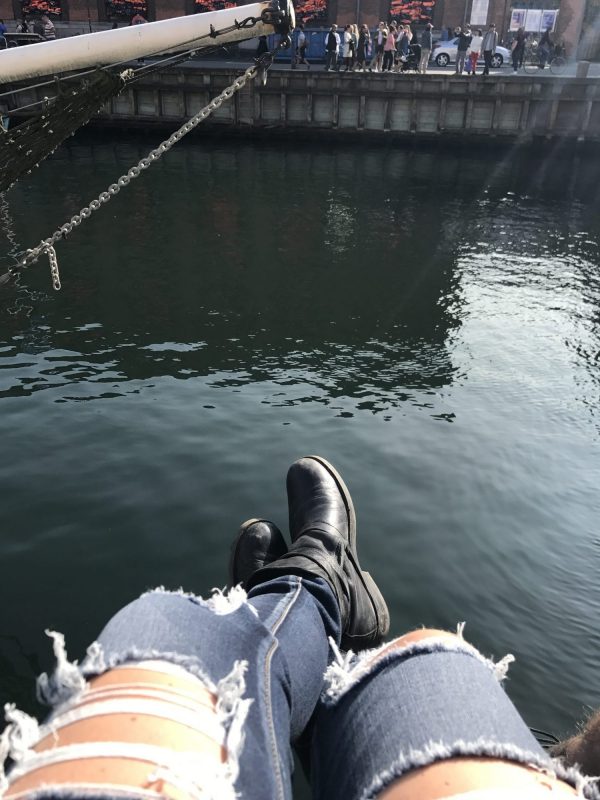
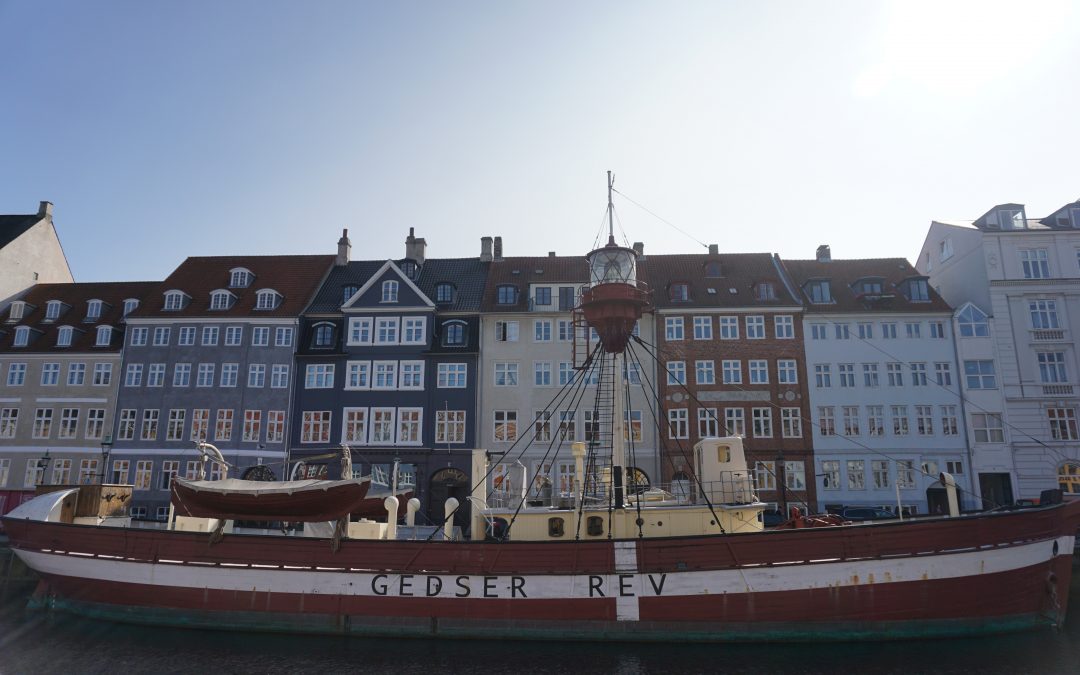
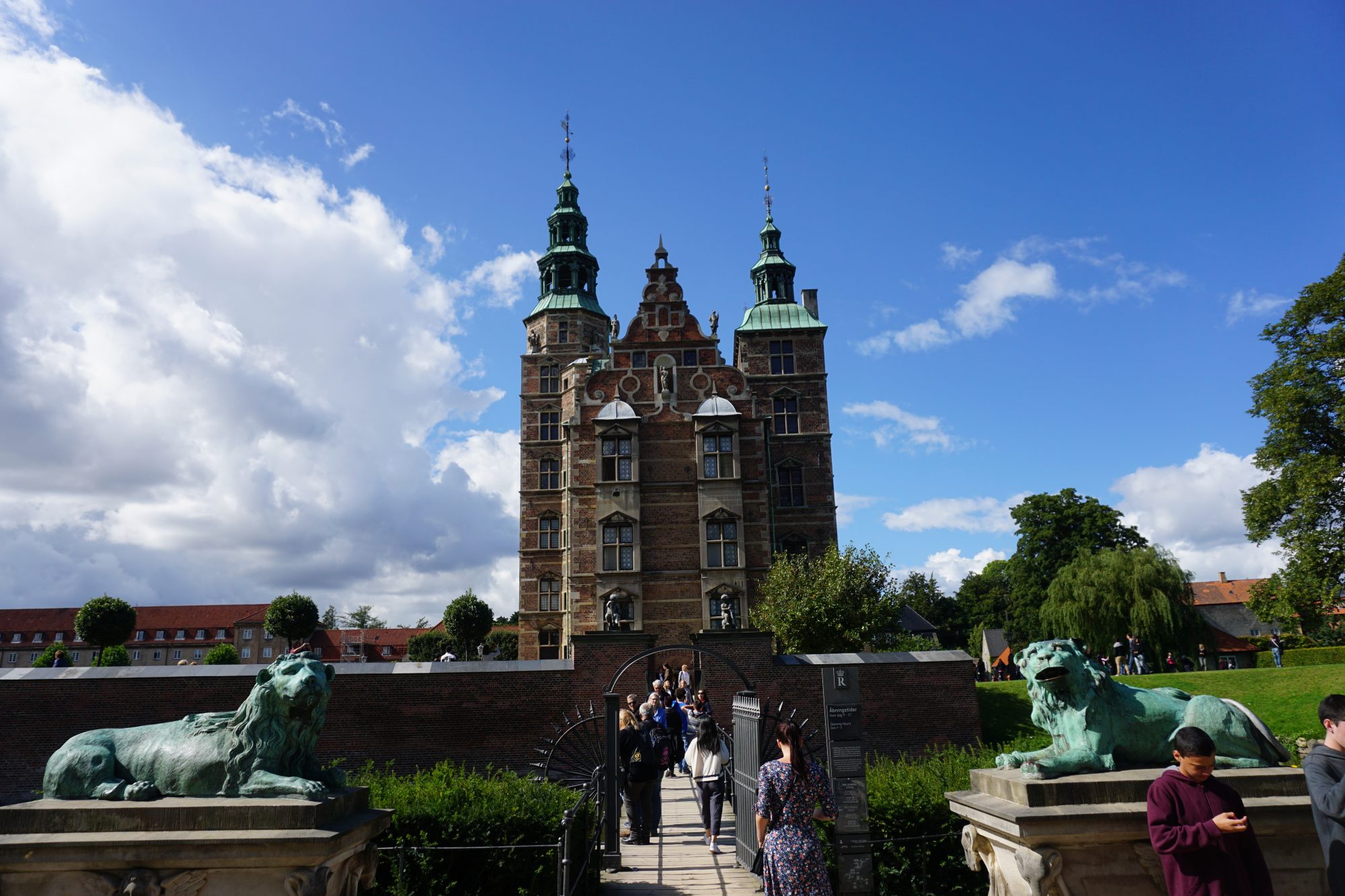
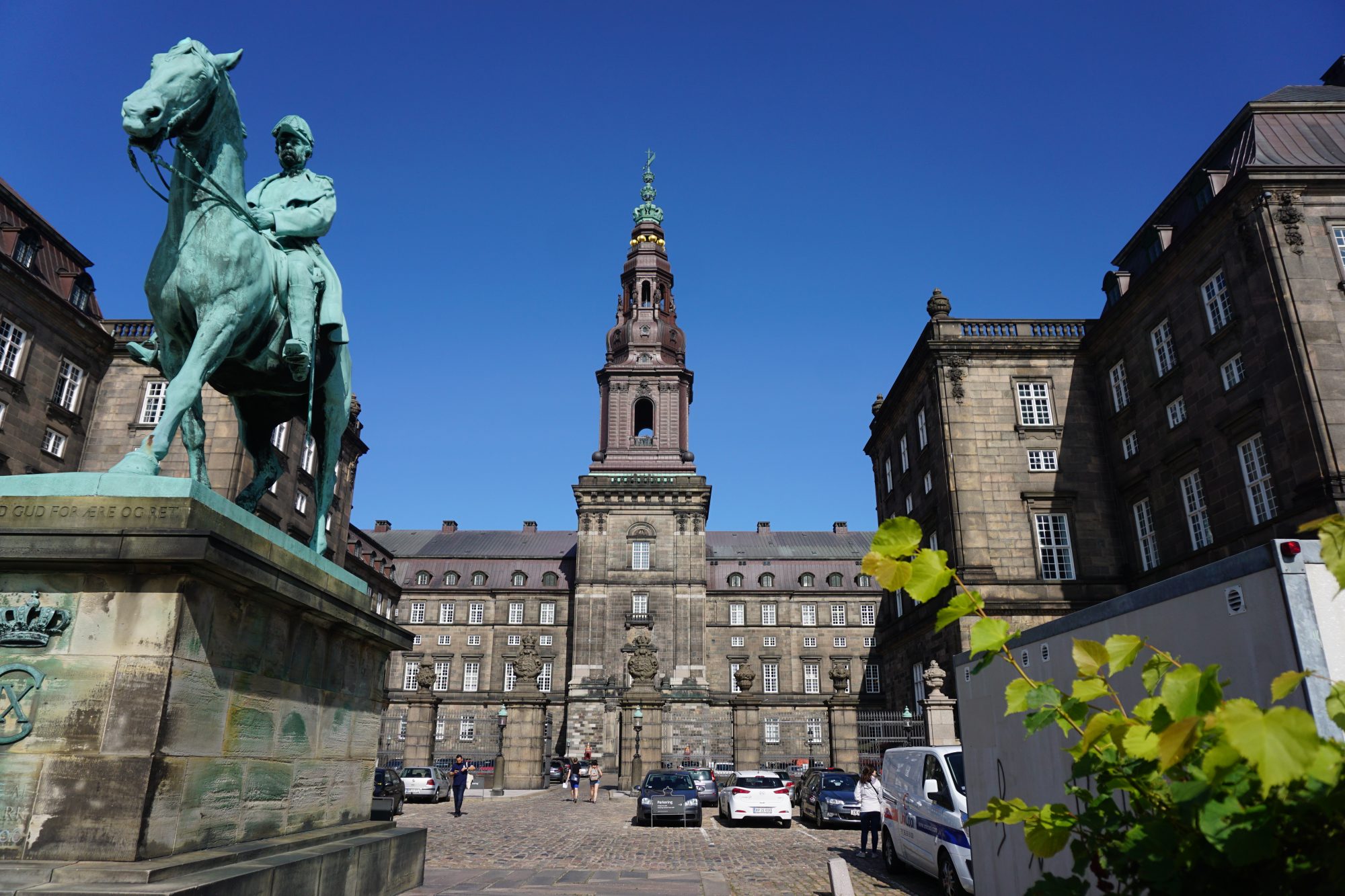
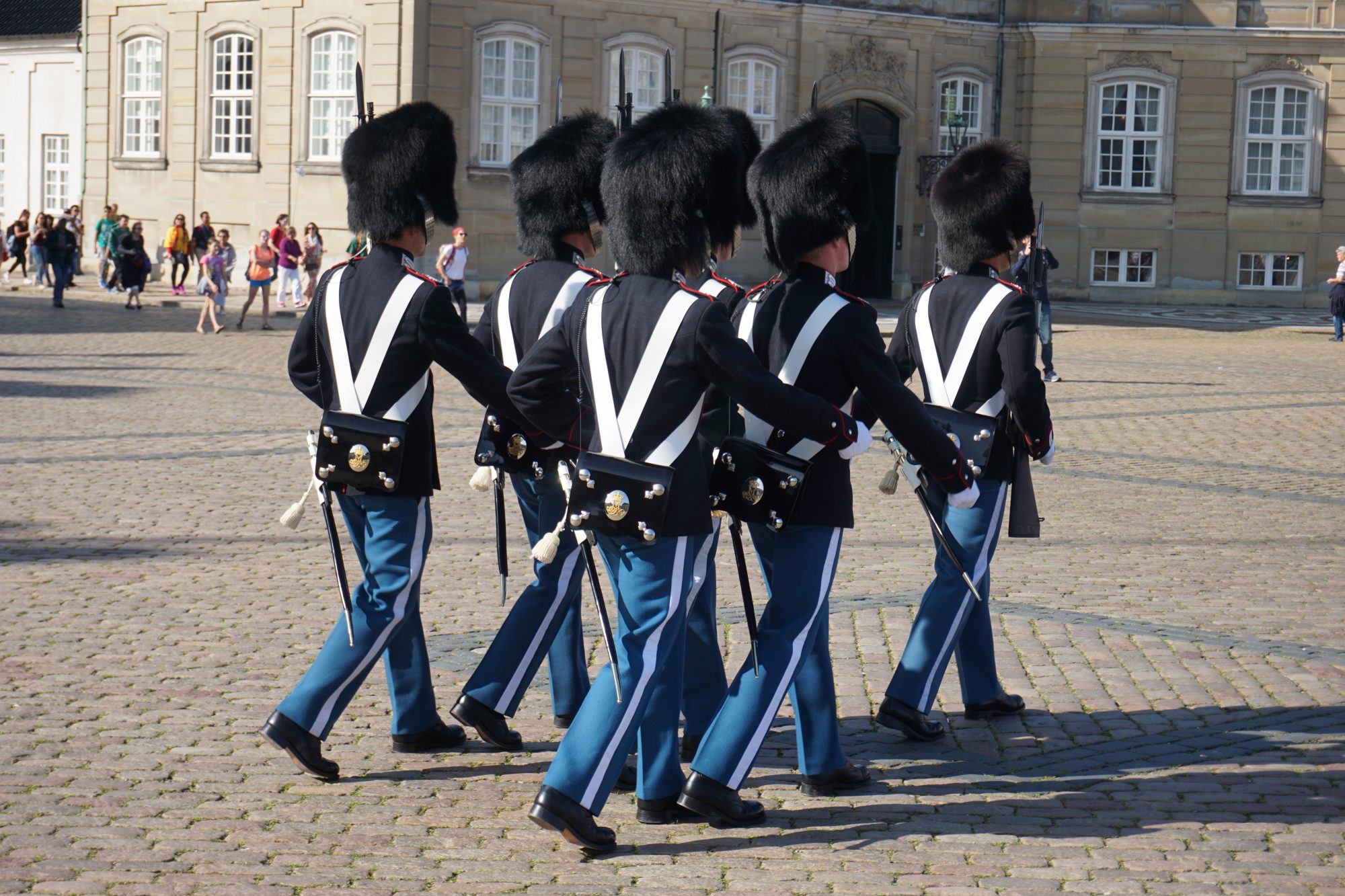
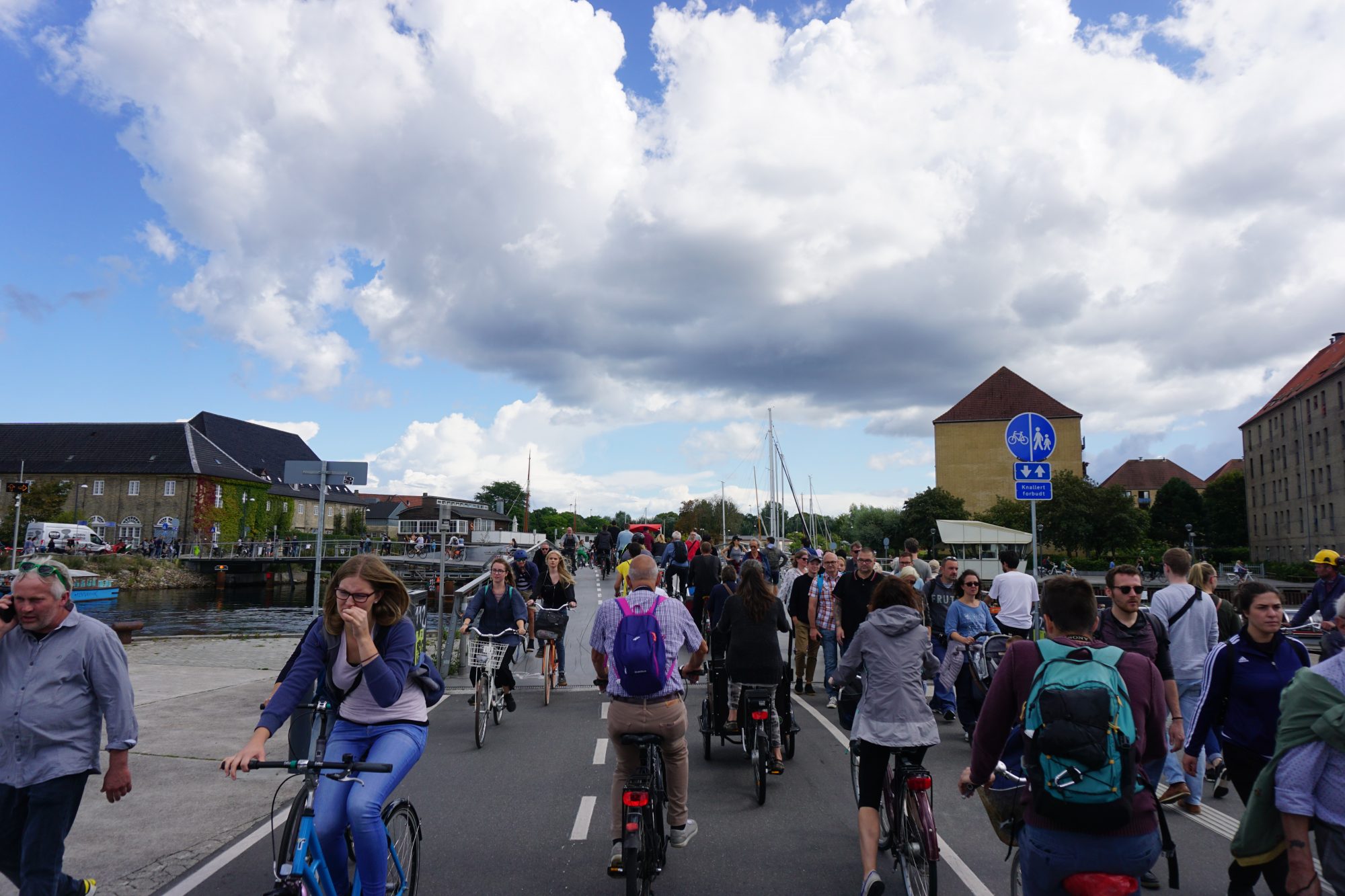
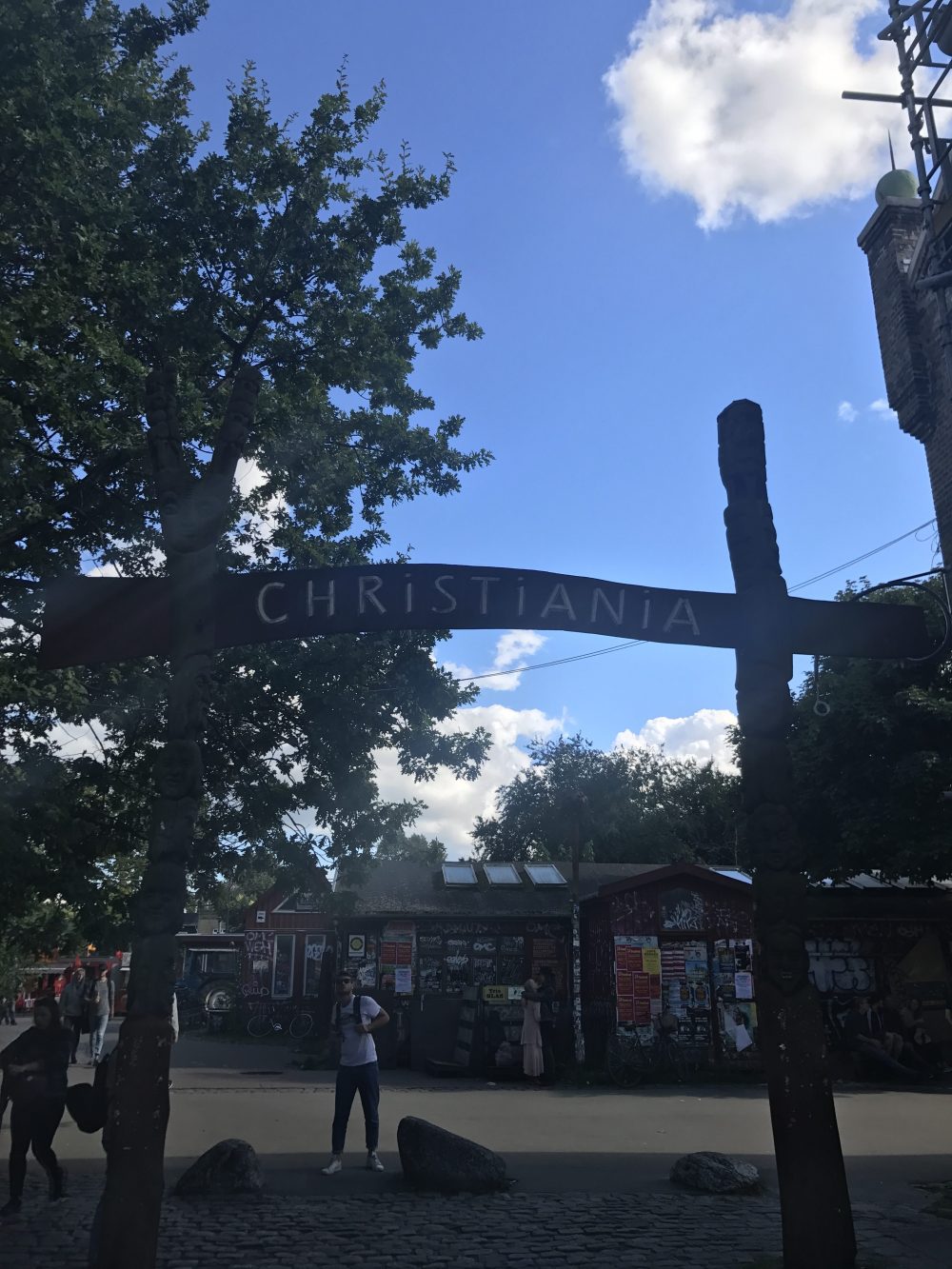
Trackbacks/Pingbacks